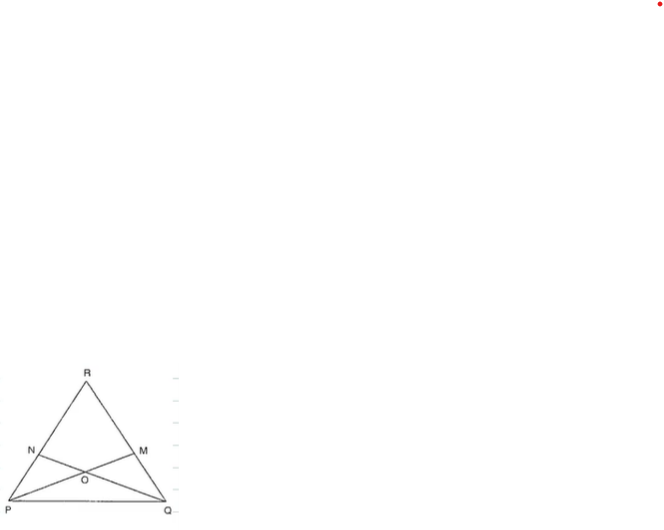P is responsible for heredity and P is formed by Q and R.
P = Chromosomes, Q = Protein, R=Nucleic acid
P=Chromosomes, Q = Petrocine, R= Nucleic acid
P = Nucleic acid, Q = Chromosomes, R =Chromosomes
P= DNA, Q = Sugar, R=Adenine
The correct Answer is:A
Step by step video, text & image solution for P is responsible for heredity and P is formed by Q and R. by Chemistry experts to help you in doubts & scoring excellent marks in Class 12 exams.
Topper's Solved these Questions
- BOOK - MARVEL PUBLICATIONCHAPTER - BIOMOLECULESEXERCISE - TEST YOUR GRASP40videos
BIOMOLECULES
- BOOK - MARVEL PUBLICATIONCHAPTER - ALDEHYDES,KETONES AND CARBOXYLIC ACIDSEXERCISE - CARBOXYLIC ACIDS198videos
ALDEHYDES,KETONES AND CARBOXYLIC ACIDS
- BOOK - MARVEL PUBLICATIONCHAPTER - CHEMICAL KINETICSEXERCISE - TEST YOUR GRASP50videos
CHEMICAL KINETICS
Similar Questions
For any three simple statement p,q,r the statement (p∧q)∨(q∧r) is true when- (a) pandr true and p is false (b) pandr false and q is true (c) p,q,r all are false (d) qandr true p is false
View SolutionIn Figure, ∠QPR=∠PQR and M and N are respectively on sides QR and PR of PQR such that QM=PN . Prove that OP=OQ, where O is the point of intersection of PM and QN.
 View Solution
View Solution
Knowledge Check
- Question 1 - Select One
If the sum of first p terms, first q terms and first r terms of an A.P. be a, b and c respectively, then ap(q−r)+bq(r−p)+cr(p−q) is equal to
A0B2CpqrD8abcpqr - Question 2 - Select One
If p,q,r be integers such that p2=q2.r then :
A1B44228C24Dnone of these - Question 3 - Select One
If p, q and r are perpendicular to q + r, r + p and p + q respectively and if |p + q| = 6, |q + r| = 4√3 and |r + p| = 4, then |p + q + r| is
A5√2B10C15D5
The area of the triangle formed by the points (p,1p);(q,1q) and (r,1r)
View SolutionSum of the first p, q and r terms of an A.P are a, b and c, respectively.Prove that ap(q−r)+bq(r−p)+cr(p−q)=0
View SolutionIf P={a,b,c} and Q={r}, form the sets P×Q and Q×P.
View SolutionDraw the images P' , Q' and R' of the point P, Q and R respectively in the line n (Fig . 9. 18). Join P' Q' and Q' R' to form an angle P' Q' R' Measure ∠PQRand∠P'Q'R' . Are the two angles equal ?
 View Solution
View SolutionIf p, q and r are perpendicular to q + r, r + p and p + q respectively and if |p + q| = 6, |q + r| = 4√3 and |r + p| = 4, then |p + q + r| is
View Solution

